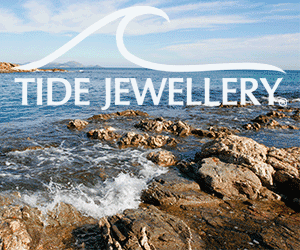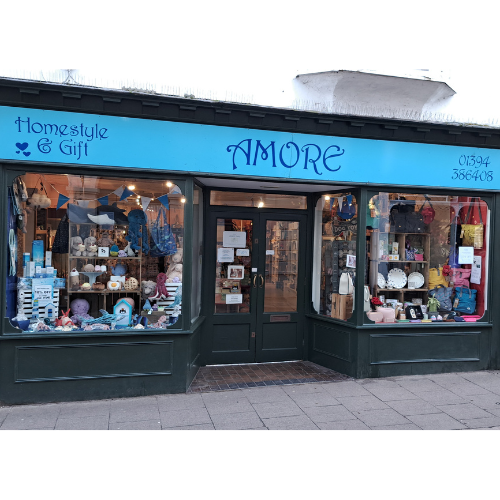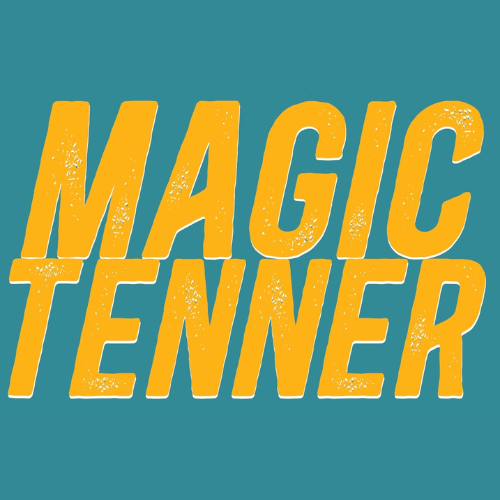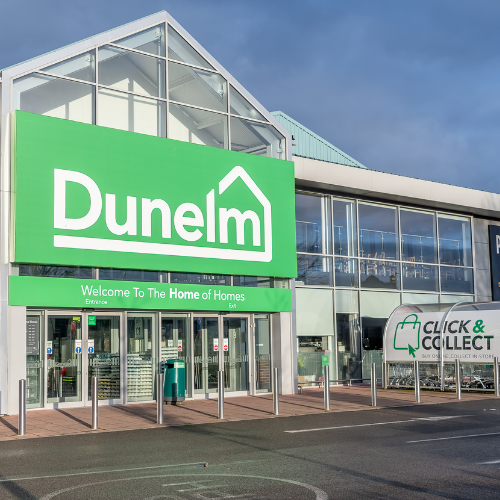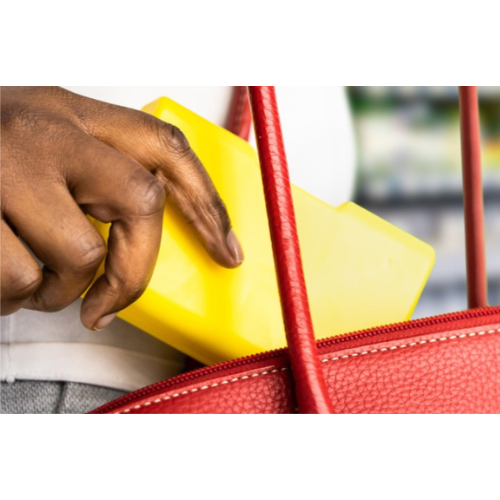As Marks & Spencer’s reveals that it will close 100 stores by 2022, data released by The Local Data Company (LDC) and British Independent Retailers Association (bira) shows that there has been a decrease in the number of traditional independent shops compared to the same period last year, along with a fall in the number of national chains. The independent sector saw a decrease of -1,483 shops (-0.49%) in 2017.
This is a significant change from the net increase of +795 shops (+0.28%) in 2016. A net growth of +44 units in retail parks meant that this was the only location type to see an increase in the number of independent shops in 2017.
Homewares is listed among the non-perishable comparison goods category which saw a decline of -2.62% in 2017(-1.50% in 2016). Reflecting the changing nature of high streets, key growth sectors were highlighted as barbers, beauty salons, tobacconists/e-cigarette shops and cafes.
The West Midlands showed the greatest increase of independents in 2017, while Yorkshire and the Humber and Greater London showed the greatest decline of independents.
“The figures come as no surprise, and the net loss of 1483 independents reflects the more attention-grabbing headlines covering multiples that have dominated the news for the last few months,” commented bira’s ceo Alan Hawkins.
“Continued concern following the last rates review, uncertainty over Brexit, changing shopping habits, a harsh winter and real incomes falling can all be used to explain these figures. With this sector being faced with a false cost base against their online competitors, we shouldn’t be surprised at these inevitable consequences. With 65% of all outlets being independents, is society really braced for the hole a decline in numbers will bring? A growth of 44 independents in retail parks – while welcome and high in percentage terms – does not redress the balance.”
Top: Independent shops on the high street, to include gift shops, are continuing to close.







